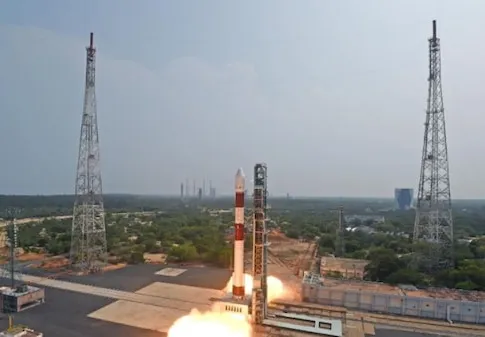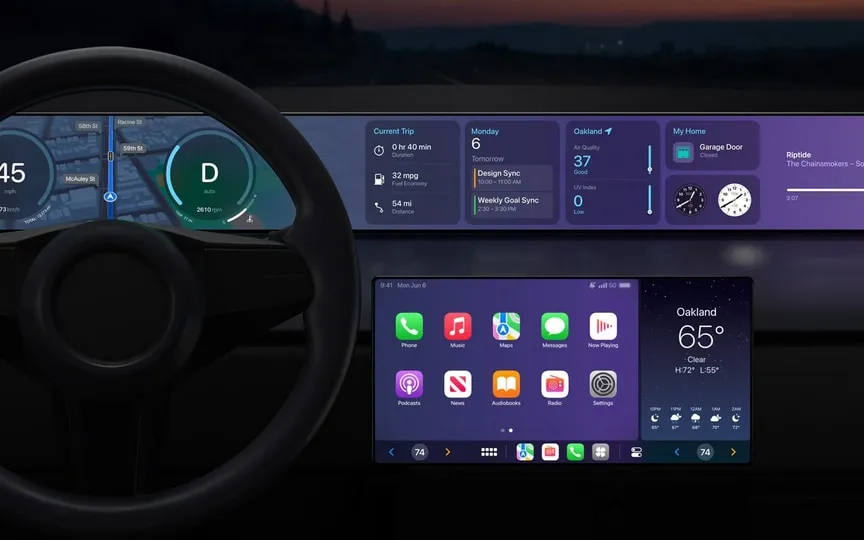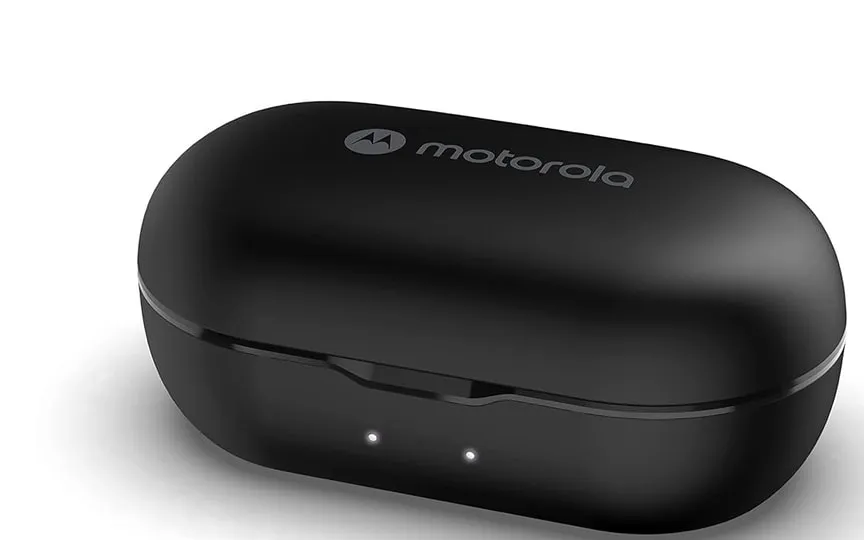ISRO to launch domestic atomic clocked navigation satellite on May 29
India will launch its first second-generation navigation satellite on the morning of May 29 using its Geosynchronous Satellite Launch Vehicle (GSLV) rocket, the Indian Space Research Organization (ISRO) said on Monday.
For the first time, the indigenous atomic clock is flown on the navigation satellite NVS-01.
According to the Indian Space Agency, the GSLV-F12 rocket carrying the 2,232 kg NVS-01 navigation satellite is scheduled to lift off at 10:42 am from the Sriharikota rocket port in Andhra Pradesh.
The rocket carries the satellite to the Geosynchronous Transfer Orbit (GTO), from where it is moved forward by firing the ship’s engines.
ISRO said that NVS-01 is the first of the second generation satellites designed for use in Navigation with Indian Constellation (NavIC) services.
The NVS satellite series supports and complements NavIC with enhanced capabilities.
This series also includes L1 band signals to extend services.
The Indian space agency had used imported atomic clocks in all the nine previously launched navigation satellites.
Each satellite carried three atomic clocks.
The NavIC satellites were said to be performing well until three bells of IRNSS-1A – the first satellite – failed.
ISRO sources had earlier told IANS that some atomic clocks were not working properly. Clocks are used to determine the exact time and place.
Simply put, NavIC or formerly Indian Regional Navigation Satellite System (IRNSS) is similar to US Global Positioning System (GPS), Russia’s Glonass and Galileo in Europe and China’s Beidou.
Read all the Latest Tech News here.




